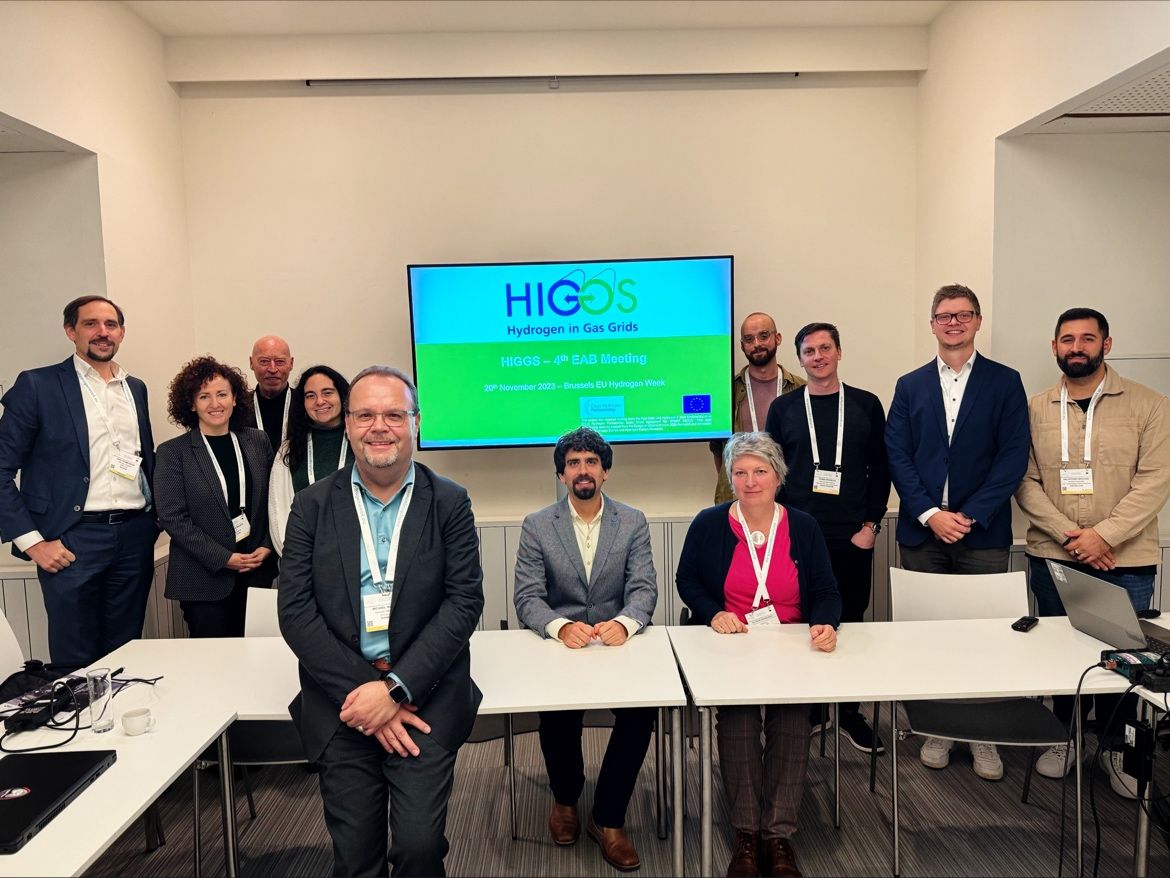HIGGS project concludes moving towards a more sustainable European gas grid
HIGGS project concludes moving towards a more sustainable European gas grid.
Following the closing conference of the HIGGS project, which took place during the European Hydrogen Week, it can be confirmed, according to Gerald Linke, president of ERIG – European Research Institute for Gas and Energy Innovation AISBL, that “the European transport network is suitable for transporting hydrogen. Currently, the EU Gas Package intends to allow a maximum of 5% hydrogen blending in cross-border transport. However, the technical conditions for higher concentrations are clearly established and noteworthy.”
The HIGGS consortium investigated the risk of hydrogen embrittlement and gas leakage as from the natural gas grid for natural gas grid service for hydrogen service, especially high pressures at which the transport network operates.
Accordingly, a dedicated test facility has been set up as part of the project’s experimental approach to evaluate the behavior of the project’s experimental materials to assess the performance used in pipelines, valves and a wide range of network components and equipment with respect to their compatibility with hydrogen.
A summary of the results can be found in the project brochure, where you can also find the section “Road to H2 integration in EU gas networks”, where Javier Sanchez, Coordinator of hydrogen conditioning and transport – R&D at Fundación Hidrógeno Aragón answers the question: What is the potential of hydrogen injection in Europe and is it in line with EU policies?



